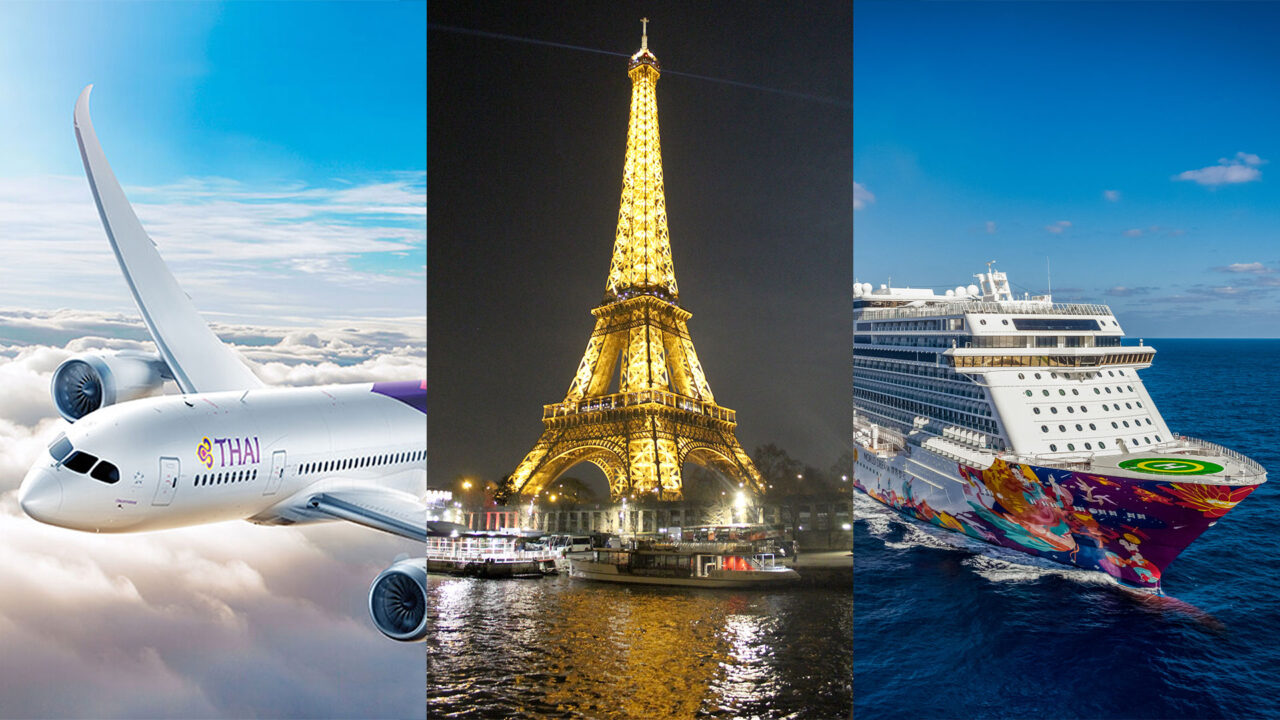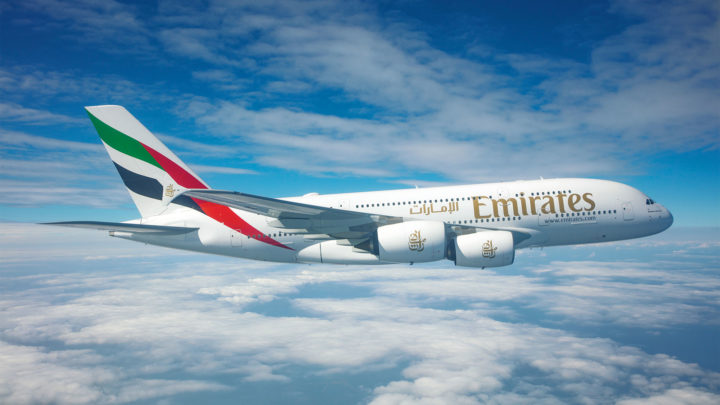NOTE: This article was originally published on November 5, 2020.
If you subscribe to the old adage that it is all about the journey, not the destination, then say hello to the “trip to nowhere.” What’s this tourist trend about? In short, you get on a vehicle with the intended purpose to travel a nonstop scenic route and arrive right back where you started. Perfect for shaking up your routine during this post-COVID social distancing era.
As for unintended “trips to nowhere”? Those we don’t like!
The Return of the Trip to Nowhere
This “trip to nowhere” or “trip without destination” concept is hardly new. Tour providers for decades have offered “flights to nowhere” by plane or helicopter. These offer panoramic views of well-known urban centers or natural wonders such as Colorado’s Grand Canyon in the United States. Also, nearly every great capital city in the world, such as Paris, France, has a “city tour” on water or land that takes you around town without stopping until you get back to your point of origin.
The resurgence of interest in these aimless trips came from the need to revive the global tourism industry. Limitations brought by the COVID-19 pandemic inspired this and other creative forms of tourism. Qantas airline, for example, announced a scenic “flight to nowhere” called the “Great Southern Land.” That seven-hour flight flew over iconic South Australian locations like the Great Barrier Reef, as well as the iconic Sydney Harbor with its Bridge and Opera House. Quantas sold out every seat on that flight in just under 10 minutes.
Tours to Nowhere: Travel Aimlessly by Land, Sea and Air
Thai Airways took advantage of this fad with a religious twist. They launched a “flight to nowhere” throughout Thailand for its Buddhist residents. The flight took off from Bangkok and soared for three hours over 99 of the top Buddhist religious sites in the country, such as Sukhothai, Wat Arun, Ayutthayael and the Temple of the Emerald Buddha. Passengers got the chance to pray or meditate over each one without setting foot inside, assisted by renowned local spiritualist, Khata Chinbunchon.
This Buddhist “flight to nowhere” was part of the “Magical Flying Experience” campaign. This promotion, a joint effort together with the country’s government, aimed to jumpstart domestic tourism. It also gave the struggling airline a boost after filing for bankruptcy due to the global decrease in commercial flights.
The Singaporean government, for its part, revitalized its tourism through “cruises to nowhere”. Genting Cruise Lines and Royal Caribbean companies launched their World Dream and Quantum of the Seas vessels, respectively, which included all the amenities and attractions of a cruise ship. They just didn’t dock anywhere.
Caveats and Options
The “trip to nowhere” boom understandably died down once COVID restrictions were lifted around the world. Still, options still exist for people interested in keeping this trend alive.
Now that the cruise ship business is back in full swing, demand for “cruises to nowhere” dropped. They were even technically illegal under maritime law in certain countries (including the United States). Still, any short cruise you can book can become a “cruise to nowhere” if you choose not to disembark at any port of call.
If all else fails, plan your own same-day sightseeing road trip. No matter where you live, there are always interesting and beautiful destinations nearby to enjoy. Don’t want to drive or rent a car? Find free or low-cost local tours in your area.
These options should serve anyone interested as a healthy alternative to staying home. Check with your local tour provider about what “trip to nowhere” options are available in your region. Fresh air will do you good, just put on your face mask every now and then.




